Looking to add a simple, versatile, and highly effective sand lance fly to your saltwater fly box? This pattern—modeled after Rich Murphy’s famous Pamet Special—is a proven producer for species like striped bass, bluefish, albies, and more. In this tutorial, Coby from Saltwater Edge walks us through how to tie this durable and realistic sand eel imitation.
Whether you’re new to fly tying or a seasoned angler, this is a fly worth mastering.
🧰 Materials Needed
- Hook: Mustad Tarpon Streamer Hook, Size 2/0
- Eyes: 1/8" Super Pearl Adhesive Eyes (Hairline)
- Body: Medium E-Z Body Tubing (Super Pearl)
- Thread: Olive Monocord or any similar thread
- Flash: Lavender Flashabou
- Top Wing: Golden Olive Flatwing Feather
- Underbody: White Bucktail
- Top Accent: Peacock Ice Wing Fiber
- UV Resin: Medium viscosity (for finishing)
🪶 Step-by-Step Instructions
Step 1: Start the Thread Base
Begin by securing your thread to the hook shank, stopping just in front of the hook point. Trim off the tag end.

Step 2: Add the White Bucktail
Take a clump of white bucktail and clean out any short or uneven fibers. Measure it roughly 1.5x the hook length. Tie it in on top of the shank to form the fly’s underbody.

Step 3: Add the Flashabou
Grab 3–4 strands of lavender Flashabou. Fold them unevenly to create a natural taper. Tie them on top of the bucktail for added flash and movement.

Step 4: Tie in the Flatwing Feather
Select a golden olive flatwing feather—a little longer than the bucktail. Cut the stem where it transitions from thick to thin. Tie it in on top, making sure it lays flat and flows naturally with the bucktail.


Step 5: Add Olive Bucktail
Take a slightly smaller clump of olive bucktail and lay it directly over the feather. This adds profile and helps complete the baitfish look.

Step 6: Add Ice Wing Fiber
Select a few strands of peacock-colored Ice Wing Fiber (or substitute with peacock herl). Lay this over the olive bucktail to enhance the fly’s top profile and imitate the shimmer of a real sand eel.

Step 7: Attach the Easy Body Tubing
Take a section of medium Easy Body tubing and slide it up the hook shank to meet the thread wraps. Secure it with several firm wraps and coat with UV resin, then cure with a light.

Step 8: Fold and Secure the Tubing
Push the tubing back over itself to form a clean, tapered head. Restart your thread at the hook eye and tie down the folded tubing to shape the fly’s head. Whip finish and add a dab of UV resin to lock it all in.


Step 9: Add the Eyes
Place 1/8” adhesive eyes on either side of the head, just behind the thread wraps. Ensure they’re even. Then coat the head—including the eyes—with UV resin to seal everything in and create a smooth, durable finish. Cure thoroughly with a UV light.

Done!
You’ve just tied a super-effective sand lance fly. This pattern looks great in the water, casts easily, and works in a variety of sizes for different conditions.
🎯 Pro Tips
- Size It Up or Down: Use smaller hooks and tubing for bay anchovies and silversides. Scale up for larger sand eels or even small mackerel.
- Color Variations: Try chartreuse, tan, or all-white versions depending on water clarity and forage base.
- Use Strong UV Resin: A good finish ensures durability and helps maintain the fly’s shape after repeated strikes.
🐟 Target Species
- Striped Bass
- Bluefish
- False Albacore
- Bonito
- Snook (in the right conditions)




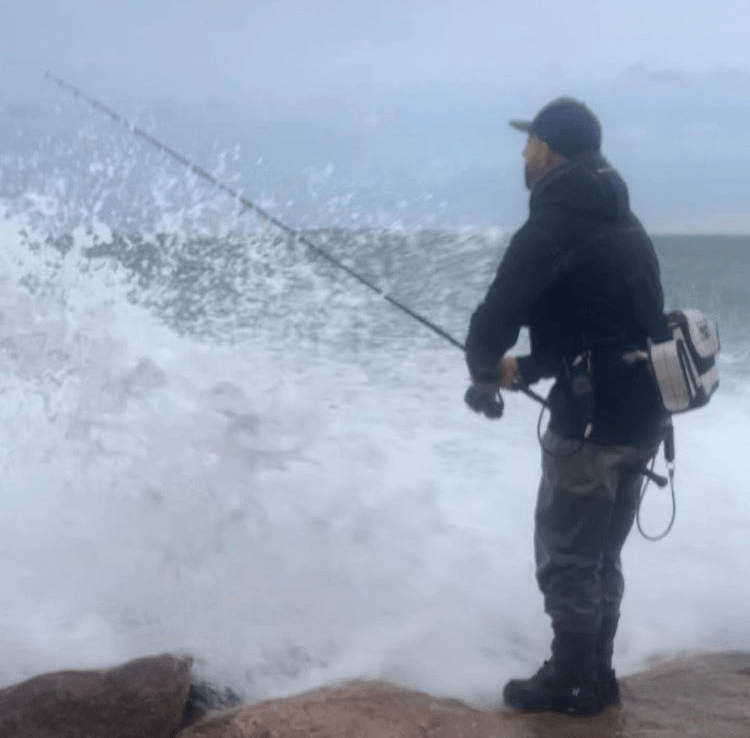



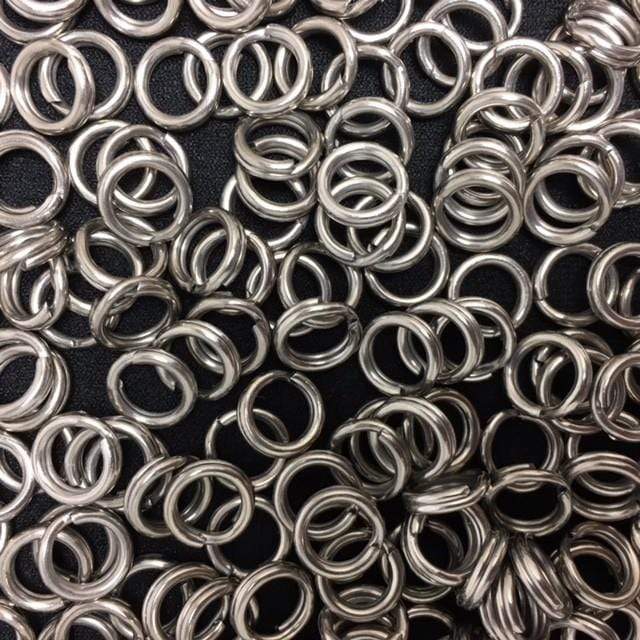
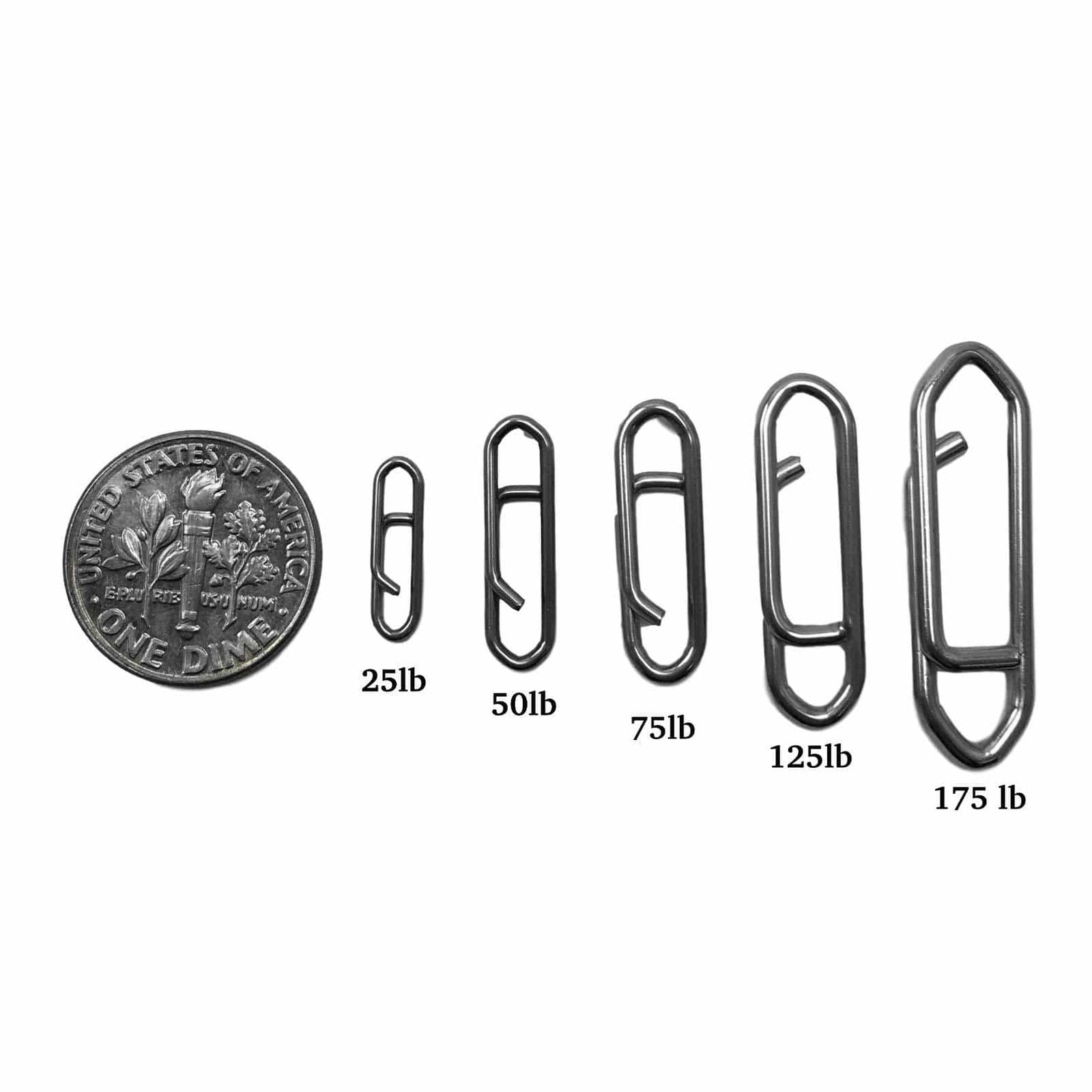

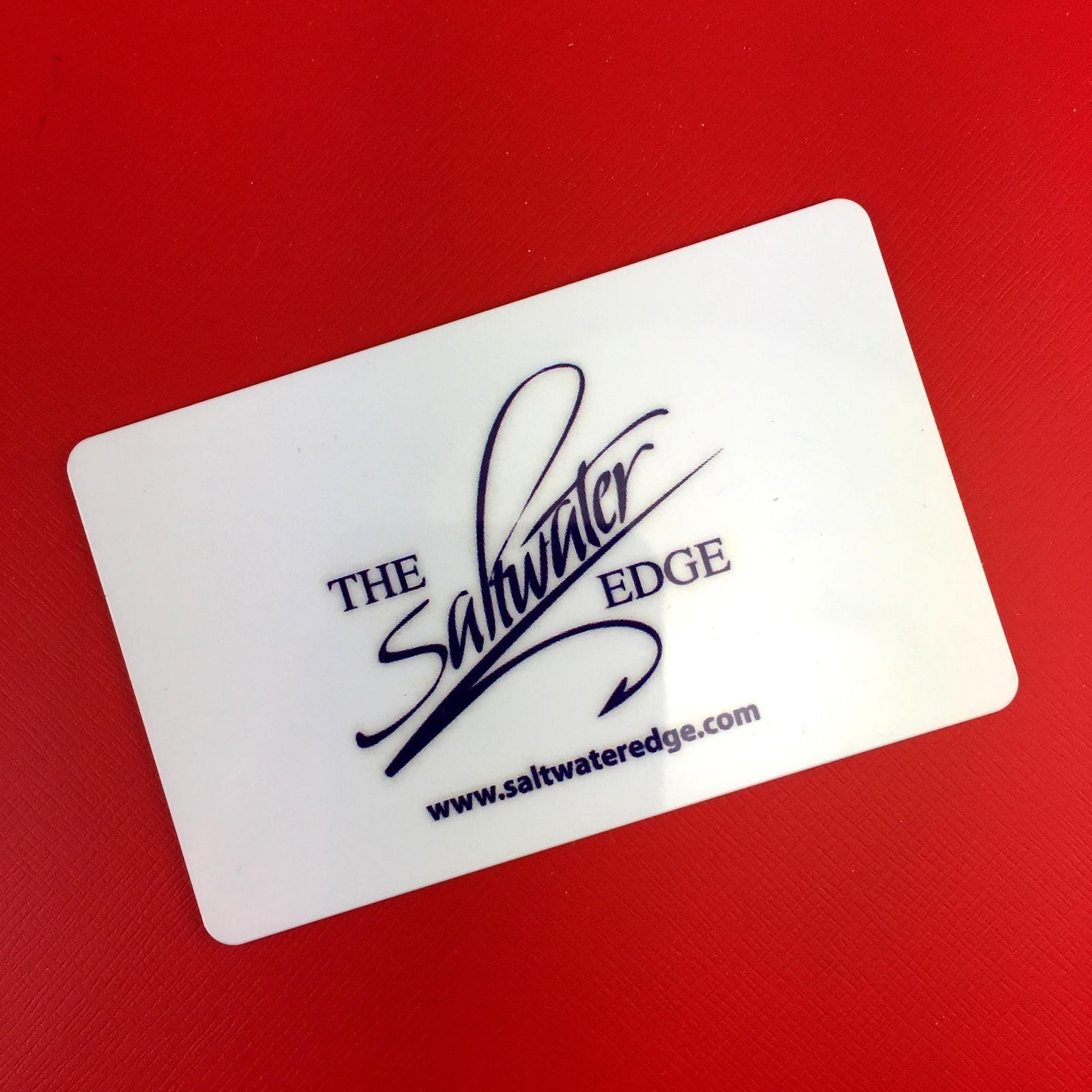
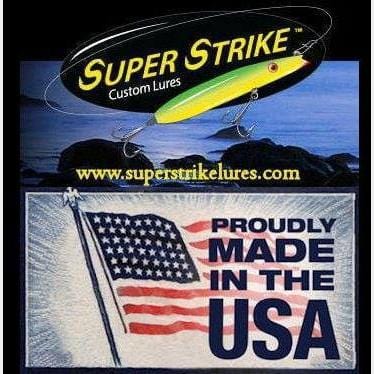

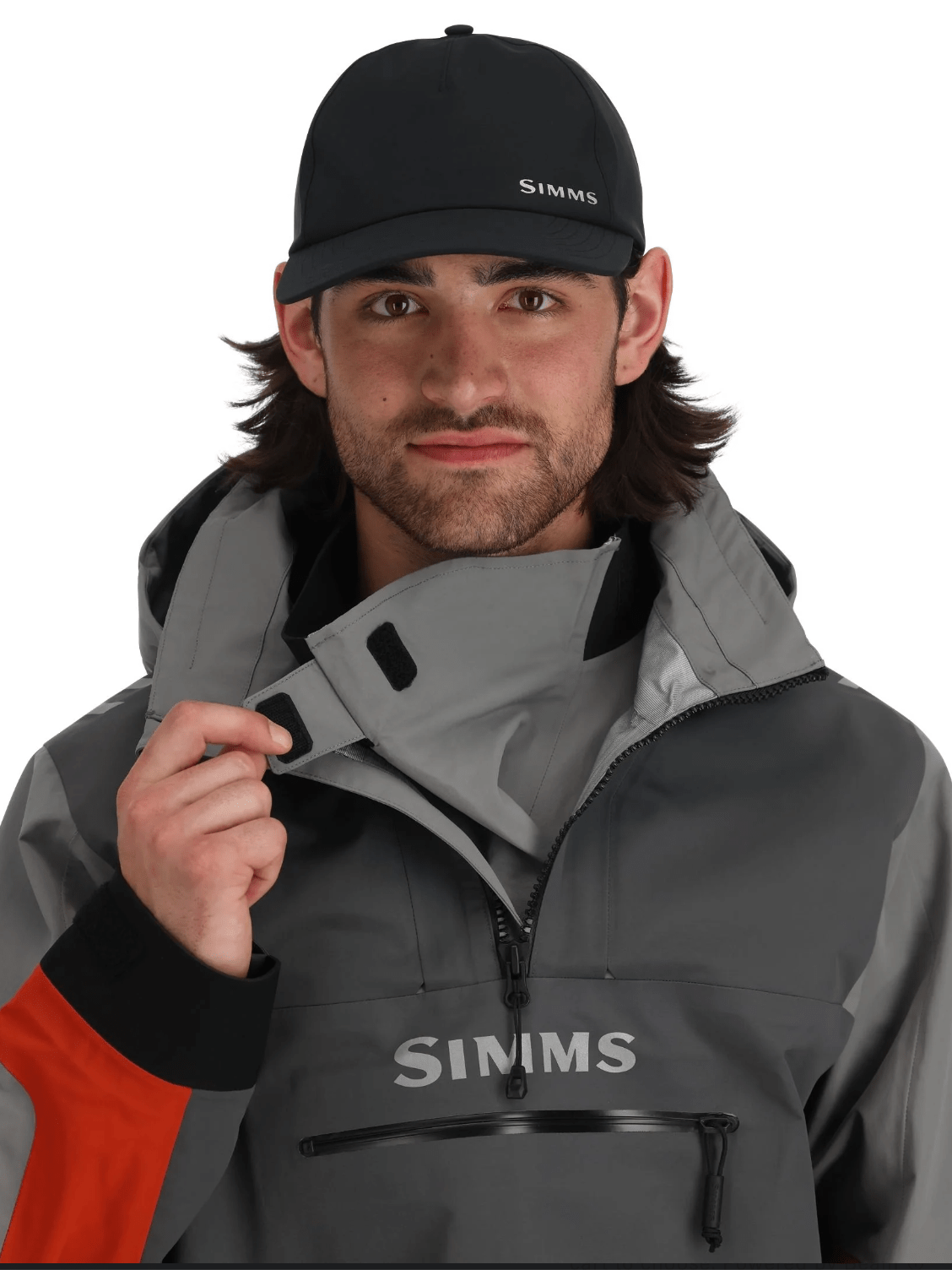

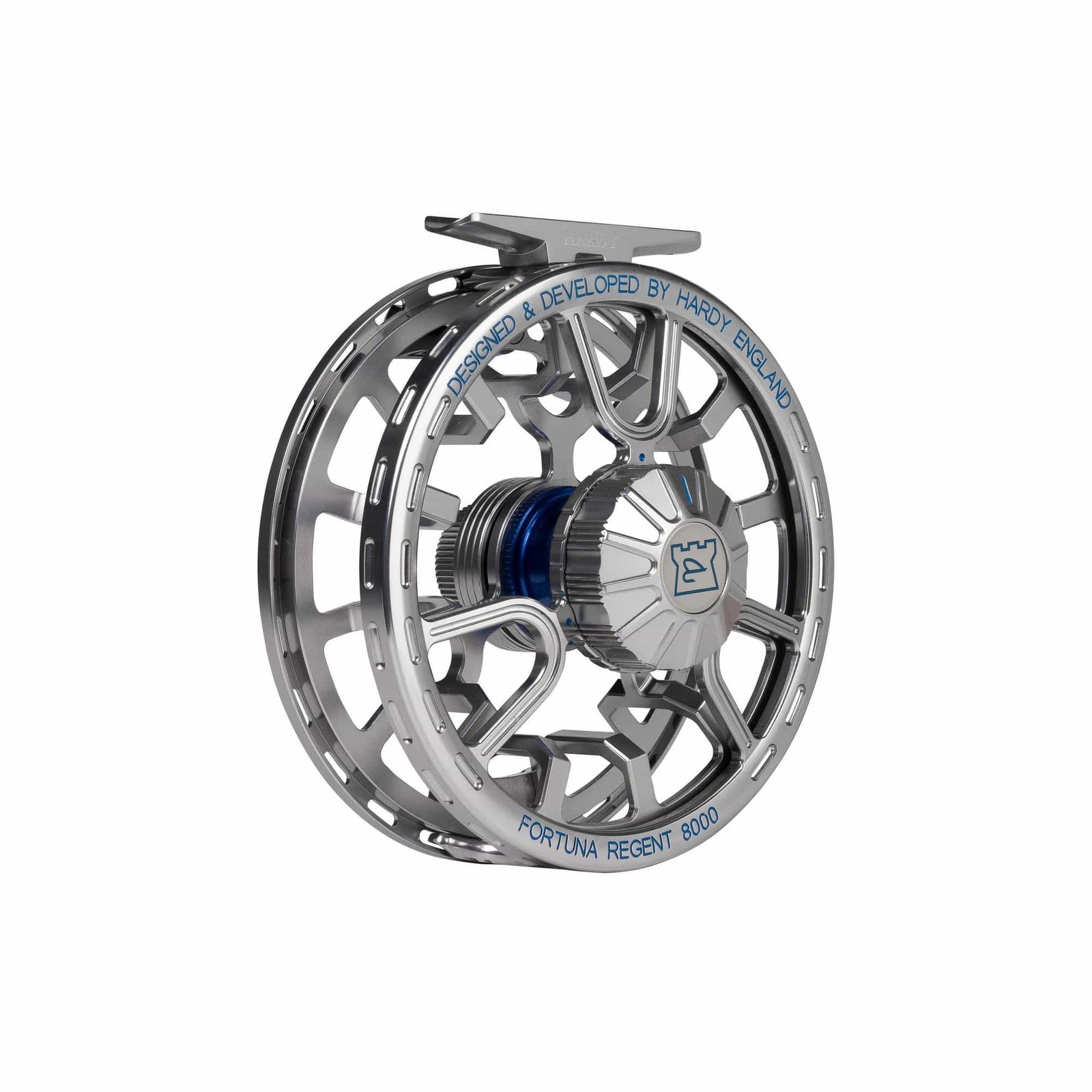
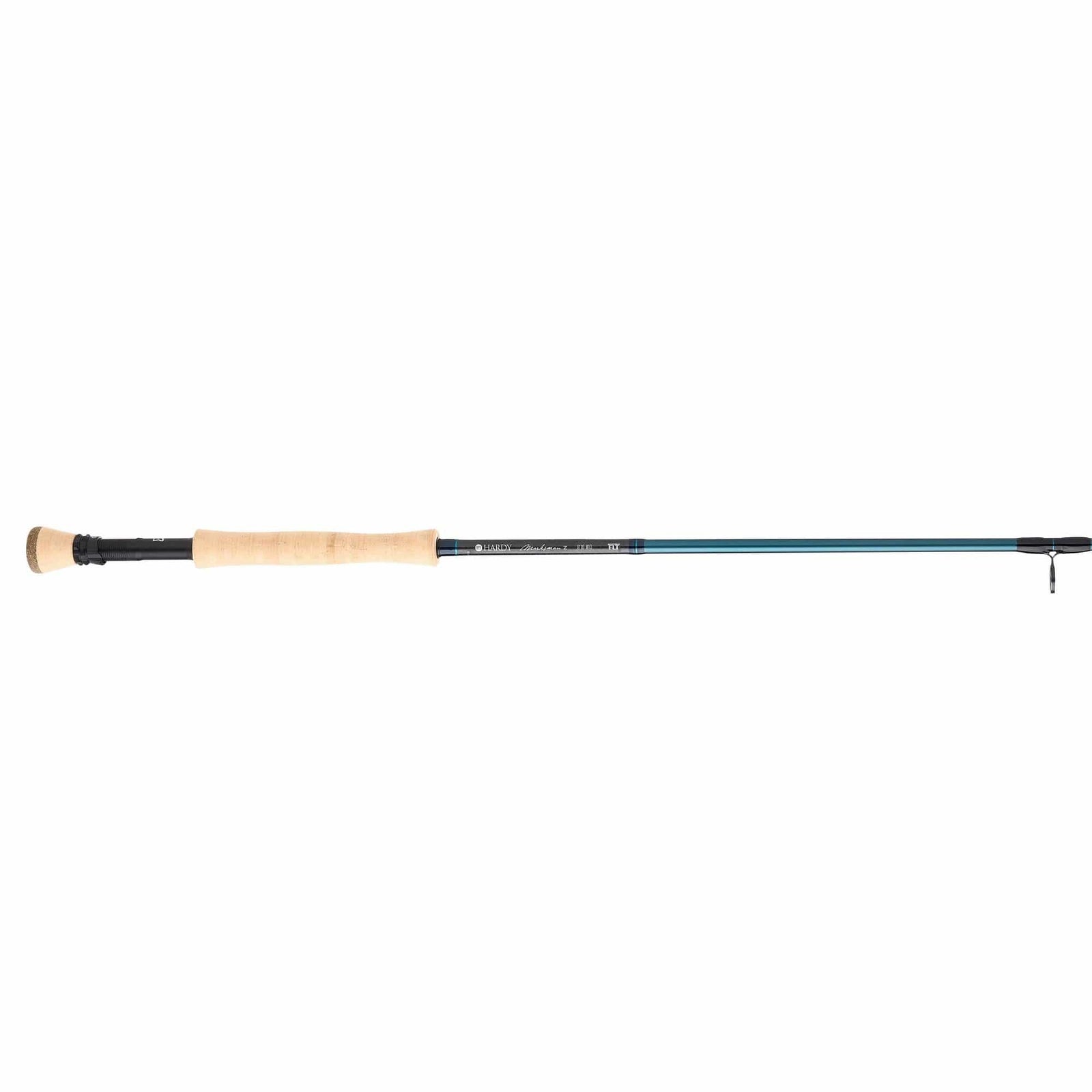
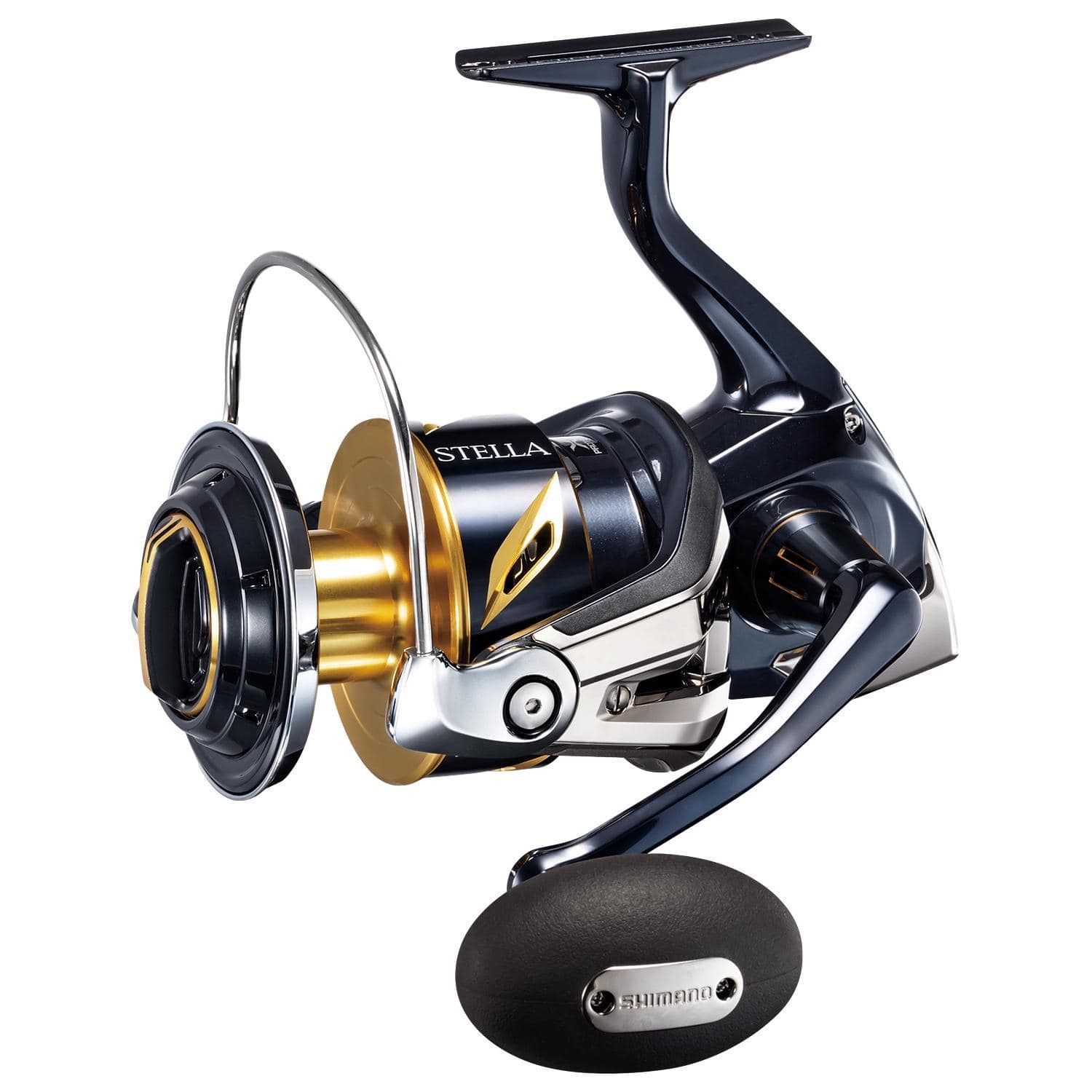
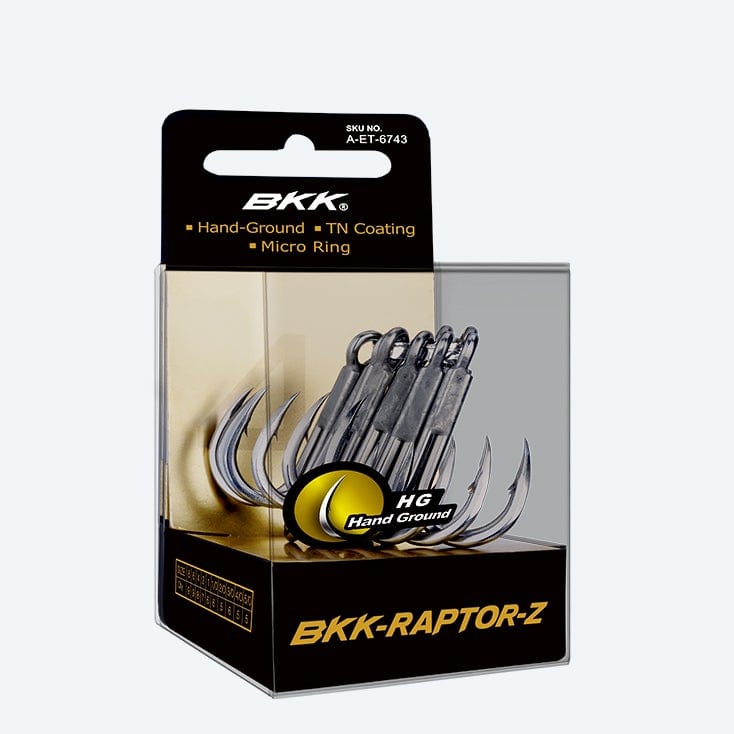

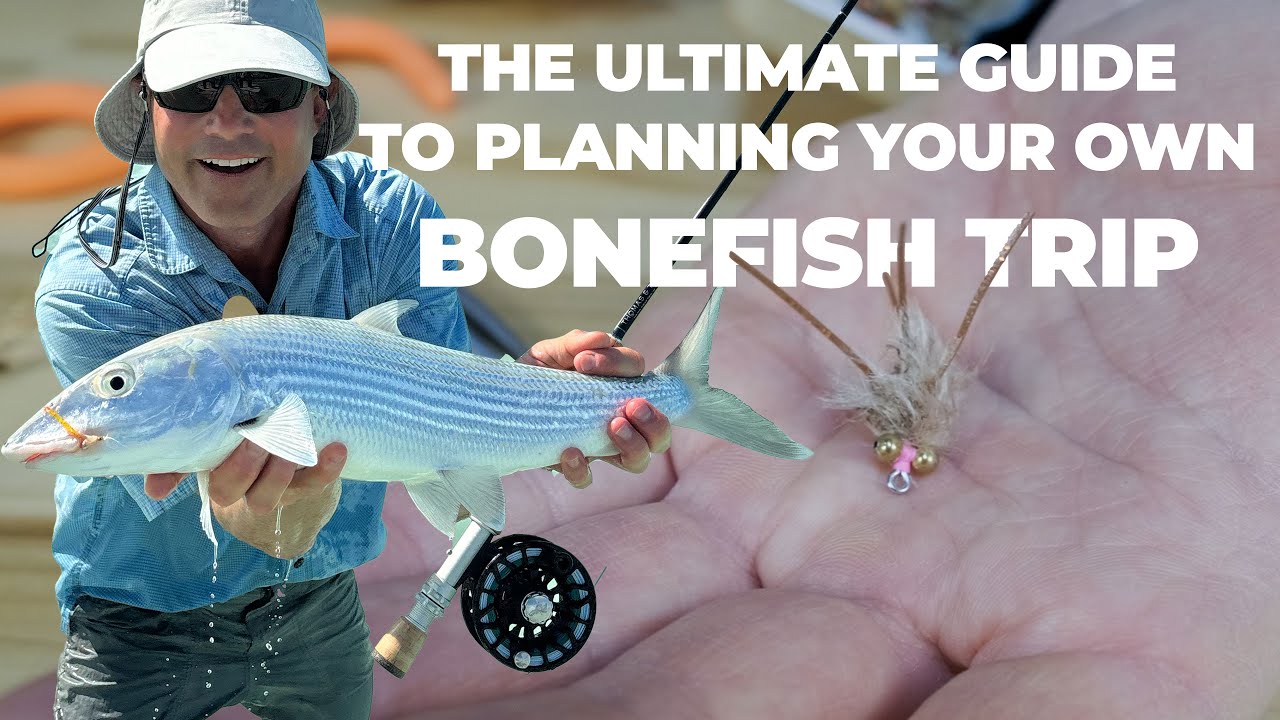
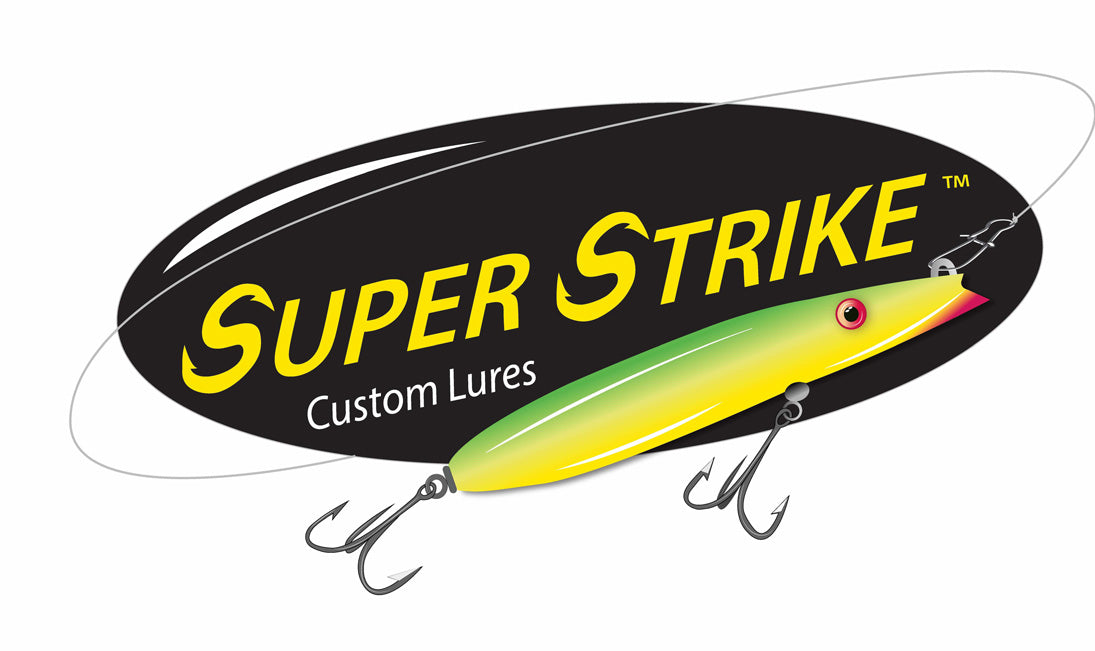
Dejar un comentario